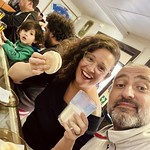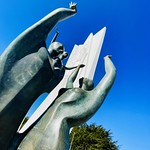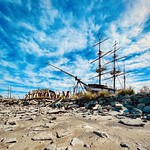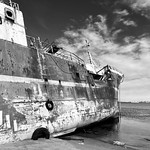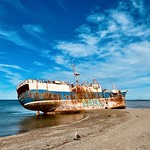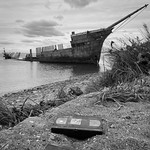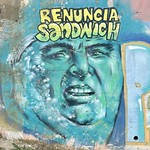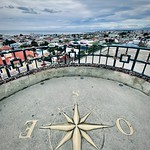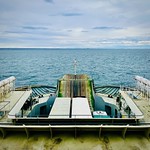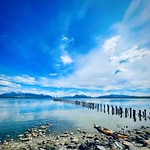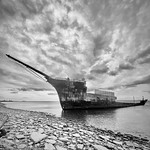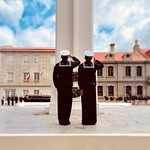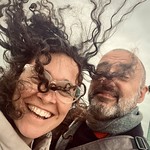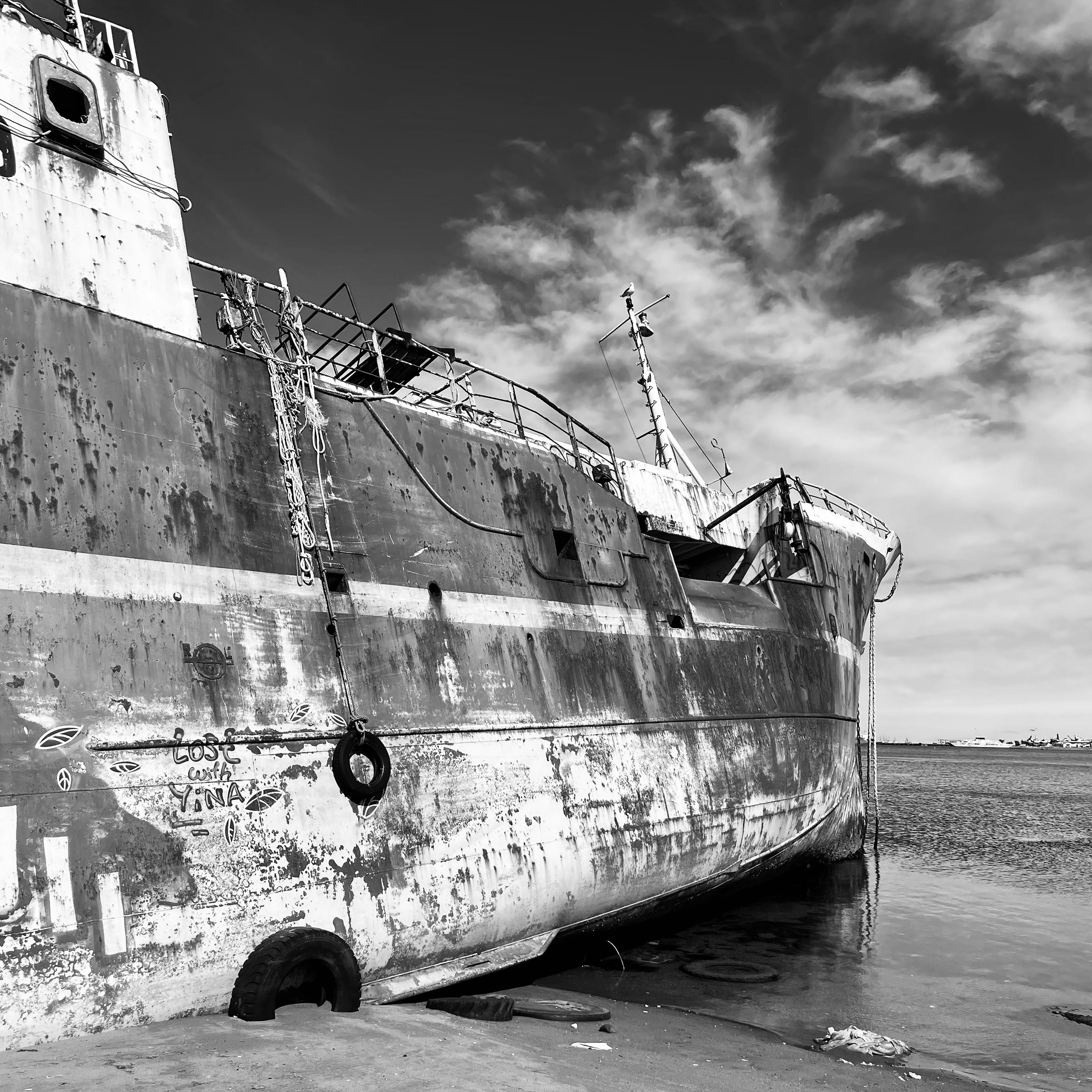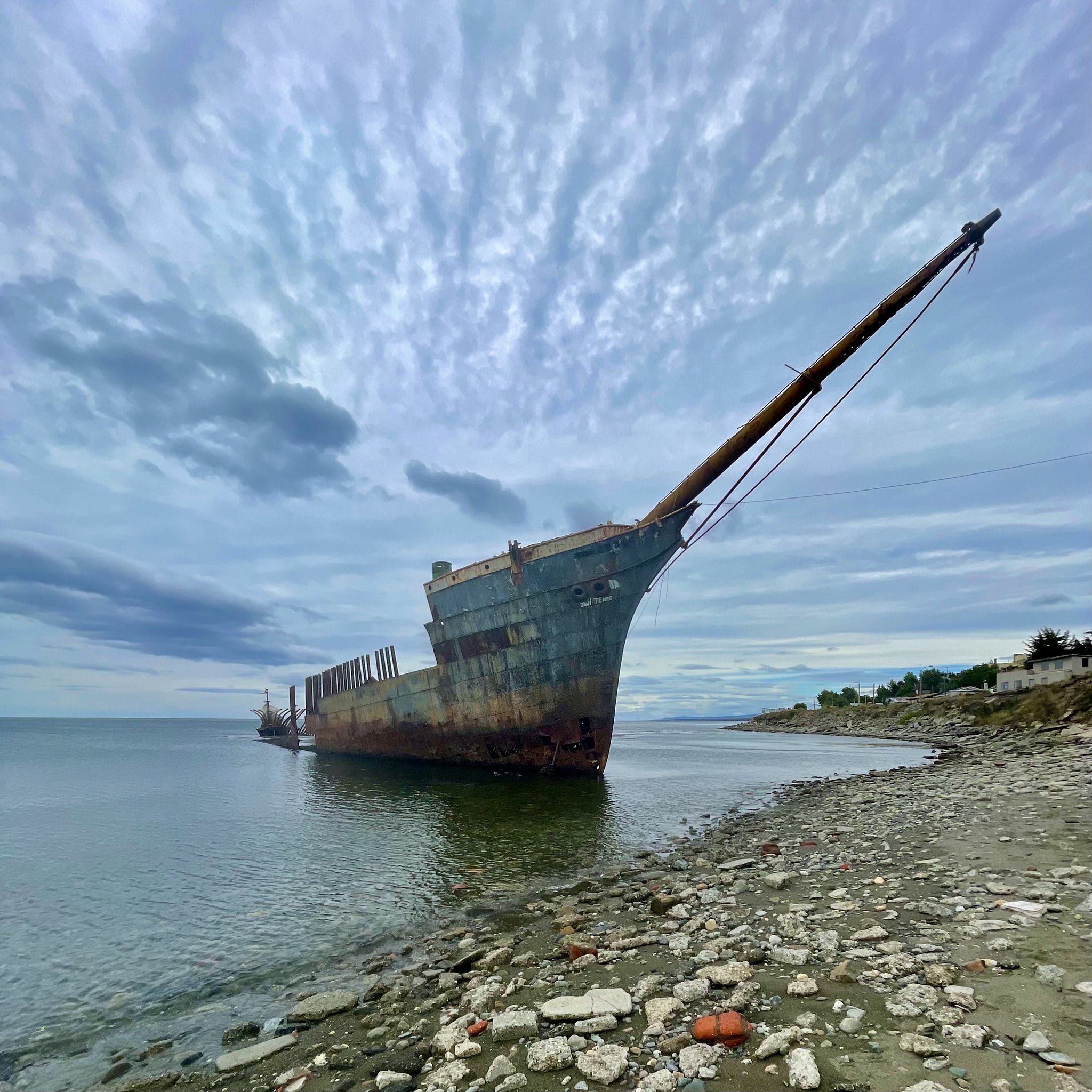To cross the Strait of Magellan
The distance from Ushuaia to Punta Arenas is a mere 250km, in a straight line. But, the two are separated by the Strait of Magellan, and to get from one to the other, by road, takes about 11 hours, including a surprisingly short ferry ride across the Strait.
Magellan, of course, was the first European to discover the strait and round the Americas, back in 1519. Magellan was killed, in 1521, on the same trip, in an anti-colonial conflict in The Philippines, but his expedition became the first known circumnavigation of the world.
On an earlier trip, Magellan had visited present-day Malaysia, meaning he eventually just fell short of being the first known person to fully circumnavigate the globe. But, it’s likely to have been Magellan’s personal slave, Enrique, who hailed from Malaysia, and was with him on his expedition westward, who was the actual first known person to have circumnavigated the globe, in a way coming home shortly after Magellan’s death. (Though this is speculation, as there is no record of Enrique’s journey after being released from his service.)
After Magellan, Juan Sebastian Elcano captained the expedition, and eventually returned to Spain with one ship and a mere 18 men, out of the original 5 ships and 270 sailors.
It then took an impressive 58 years for the next successful single circumnavigation to round the globe, this one led by Sir Francis Drake.
But Drake’s party was not the second to try.
The Spanish mounted a second expedition, with the aim of circumnavigation, in 1525. Here, none of the seven ships completed the voyage. Successive chiefs of the expedition died, and some men eventually reached the Malaysian islands in 1526, only to be taken prisoner by the Portuguese. A few of the men eventually returned to Spain in 1536, via India, the Cape of Good Hope, and Portugal, completing the second (known) world circumnavigation in history. One of the only four survivors was Hans von Aachen, who was also one of the 18 survivors of Magellan’s expedition.
Unstoppable, Maestre Anes, Master Hans, then joined a third exhibition to round the globe, in 1541, which also ended in failure, even though some of the sailors also eventually came back to Spain. Though not, it appears, Master Hans.
Where we found the area around Ushuaia surprisingly green and quite lush, particularly considering the land is covered in snow for many months of the year, as we left the southernmost city in the world, entered Chile and made our way to Punta Arenas, the land became flatter, browner, and more arid.
Punta arenas is the home of Gabriel Boric, the current president of Chile. He cut his political teeth as a student leader in Santiago, but served in the Chilean lower house as a representative of the Magallanes and Antarctic district, of which Punta Arenas is the capital.
On his father’s side, his family left the Austro-Hungarian empire just before the end of the 19th century, with his great grandfather said to have been one of the first 10 Croats to arrive in the region, him and his brother joining the gold rush to the south of the Beagle channel, across the water from Ushuaia.
Exemplifying the ethnic diversity of the region, Boric’ mom is of Catalan descent.
As an aside, Boric is also the first Latin American head of state to have visible tattoos, including a map of the Magallanes Region.
There’s a substantial Croatian community in the south of both Chile and Argentina. One large driver was the early Croatian immigrant to Argentina, Nikola Mihanović, who by 1909 employed 5000 mostly Croatians from his native Dalmatia. However, he was based in Buenos Aires, far from the shores of Patagonia.
It was a second wave of Croatian immigrants to Argentina, an additional 15000 by 1939, who focused more on the south of the continent.
Then, after the Second World War, some 20000 political, instead of economical, migrants arrived in Argentina, coming from what was now Yugoslavia, initially predominantly working on Perron’s public works projects.
Now, Chile has the largest community of ethnic Croatians outside Europe and the US, coming in at some 400000 Chileans, or about 2% of the population.
Compared, the much larger Brazil is estimated to only have some 40000 Croats.
Interestingly, as they first started migrating during the time when Austria-Hungary still existed, these immigrants were first registered as ‘Austrian’, then ‘Yugoslavian’, and now Croatian.
In Chile, they eventually settled at the two geographical extremes of the country, Patagonia and the Atacama in the far north, and were joined by a trickle of Croatians who first had gone to Argentina. It’s said that the geological features of southern Chile, with its many islands, resembles Dalmatia in Croatia.
Punta Arenas perhaps doesn’t carry the mystique of Ushuaia. And, spending a few days there, we could relate to this sentiment. Though it’s a ‘real’ city, with some pleasant late 19th century architecture, and has a population of over 100000 inhabitants, it’s also quite sleepy, and without geographical landmarks of note, even if it has a few impressive shipwrecks.
Like Ushuaia, it’s a jump off point for the Antarctic, and for too much money you can visit one of the ‘nearby’ Penguin colonies, but that’s mostly it.
On his journey, when passing through the south of the continent, Magellan reported seeing and interacting with ‘giants’, describing them as 8-foot tall. Consensus, now, is that they met a relatively tall indigenous tribe, and that Magellan and his crew were embellishing their accounts.
What is still ubiquitous, more so here, but in lesser extent also in Ushuaia and Puerto Natales, is depictions of striking body paintings of indigenous tribes as part of particular celebrations, participants decked out in minimal, but otherworldly dress.
Our last day in town was lovely; blue skies, warm, the sun shining brightly. Everyone had come out to play on the long corniche facing the strait, with many lounging in the public spaces littered around the town.
I went for a bike ride to visit an open air museum which houses replicas of some famous ships, including Darwin’s Beagle. On the way back, I cycled though the Croatian suburb and the Croatian park, which has a statue of the Croatian cost of arms. Intriguing, as Croatia only became a country in 1991, long after the vast majority of those identifying as Croatian emigrated to Chile.
